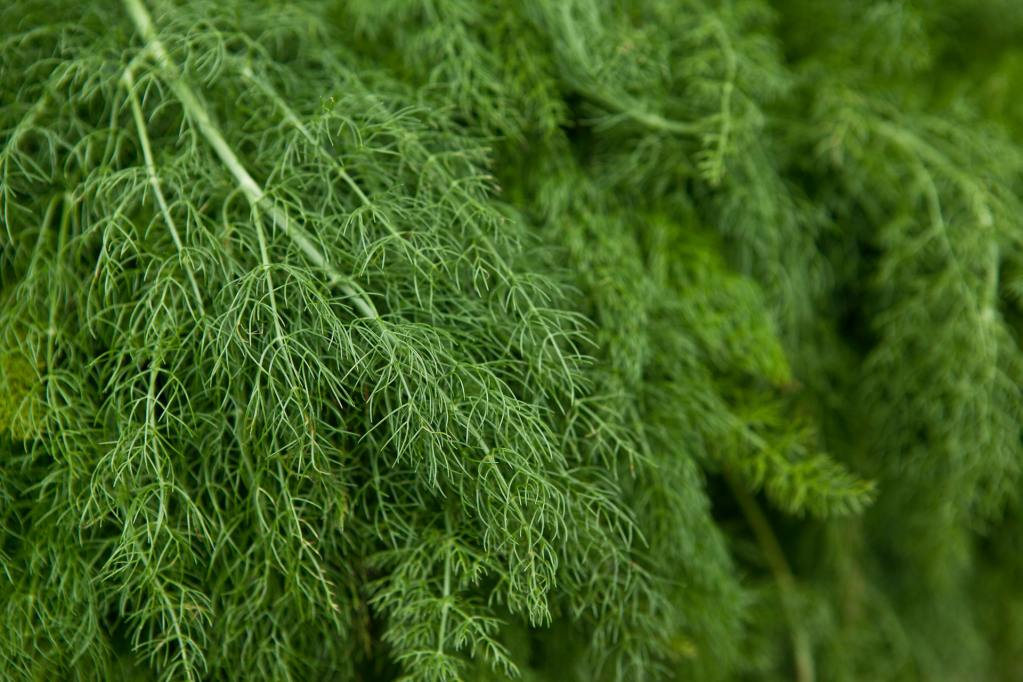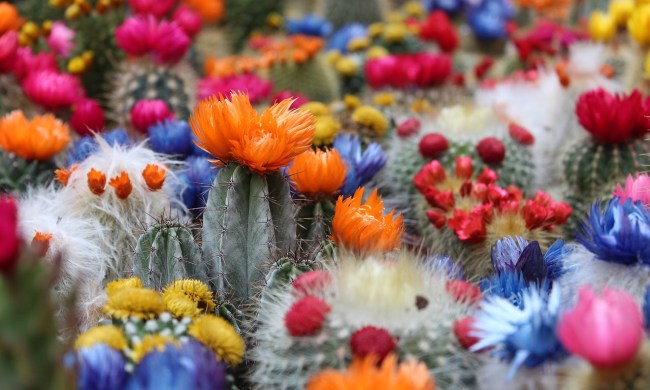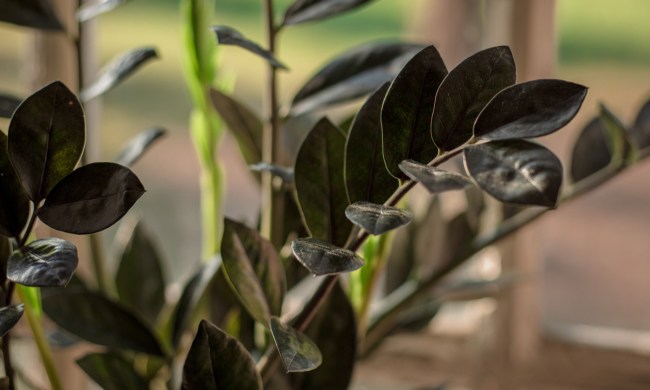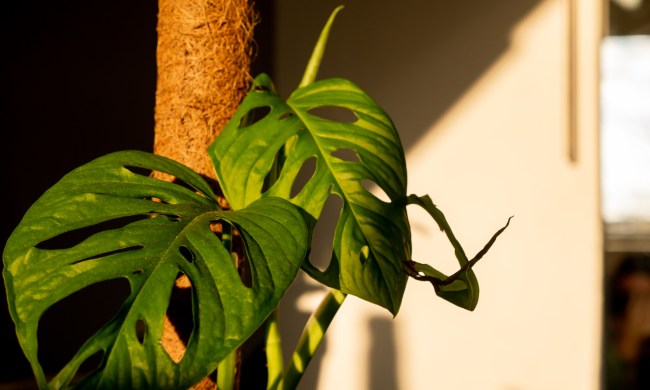When you’re choosing a new houseplant to add to your collections, it’s easy to get overwhelmed by all the options. There are so many fantastic indoor plants, from small trees to colorful flowers. Ferns are a popular choice for houseplants, and they’re great for adding a touch of lush greenery to any space.
There are tons of different types of ferns, but one you may not be familiar with is the asparagus fern. Although it is called a fern (and resembles one), it is actually not a true fern. It does still make a fantastic houseplant. Here’s what you need to know about asparagus fern care.
Planting asparagus ferns

Asparagus ferns typically grow as indoor plants, as they are only hardy in USDA zones 9 to 11. Choose a container that is large enough for the roots, and be sure it has adequate drainage holes. Asparagus ferns grow quickly, but they tend to have smaller root systems, so a smaller container is typically better. Use rich, well-draining soil. If you have compost, mixing some into your potting soil is a good idea.
Position your asparagus fern in bright, indirect light for the best results. Outdoor asparagus ferns do best in partial shade, as full sun can sometimes be too intense for them. Indoor asparagus ferns can handle a bit more light, since they will likely be receiving it at an angle rather than directly. Watch for signs of sunburn, such as discolored leaves and reposition your asparagus fern as needed.
Asparagus fern care

Asparagus ferns appreciate regular watering. Whenever the top few inches of soil are dry, it’s time to water your asparagus fern. However, avoid watering your asparagus fern if the top few inches of soil are still wet, as it is still possible to overwater it. If the water is not draining out of the bottom of the container, check to see if the drainage holes are blocked.
Fertilize your asparagus fern regularly with a liquid houseplant fertilizer. Asparagus ferns grow quickly and are heavy feeders, meaning they need a lot of nutrients. To keep the plant consistently fed, many gardeners prefer to dilute the fertilizer and fertilize more frequently. Monthly applications with fertilizer diluted to half strength or twice a month applications with fertilizer diluted to a quarter strength are the most common recommendations.
Pruning may not be strictly necessary, but it is helpful for controlling your asparagus fern’s growth and shape. Regular pruning promotes denser, bushier growth and keeps your plant from growing too tall. You can prune with sharp, clean scissors or shears or by pinching the stems by hand. Trim the edges whenever the plant begins to grow too large, taking up to one-third of the stem at a time. If a stem is dead, dying, or damaged, cut it all the way to the base. Pruned stems can be propagated to grow a new plant, too!
Common problems

Outdoor asparagus ferns can become the target of various beetles, but these pests rarely find their way indoors. However, indoor asparagus ferns can still be bothered by pests. You may spot some common houseplant pests, such as aphids, mealybugs, spider mites, and whiteflies, on asparagus ferns. To treat these pests, keep your plant healthy, avoid placing asparagus ferns in dry or low-humidity areas, and use an insecticidal soap or neem oil.
When it comes to diseases, asparagus ferns can develop several different fungal infections. Some of these, such as rust and blight, are more common in outdoor plants. However, indoor asparagus ferns can still be exposed to the spores in nurseries or other situations. Treating fungal infections can be tricky, so prevention is important. Water management is key for preventing fungal infections. Avoid getting the foliage wet when watering your asparagus fern, and don’t water it if the soil is still wet. Be sure the container is draining properly as well.
Are asparagus ferns edible?

Asparagus ferns are in the asparagus family, but unlike their relatives, they do not make a tasty treat. Asparagus ferns are toxic to pets and people alike, and they should be kept out of reach of curious pets and children that might nibble on them. The sap of the asparagus fern is a relatively mild skin irritant, so wear gloves when pruning it. The berries produced by asparagus ferns contain sapogenins, which can cause an upset stomach if ingested. Medical attention can help manage the symptoms and prevent more serious complications.
Asparagus ferns are beautiful, and while they may not be true ferns, they add a lovely touch of greenery. With their delicate, feathery leaves and low care requirements, asparagus ferns can be a great way to accent your home decor. Just be sure to keep them out of reach of any pets, and take care when pruning them to avoid getting the sap on your skin.




